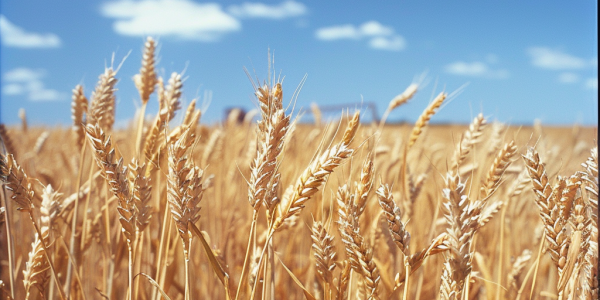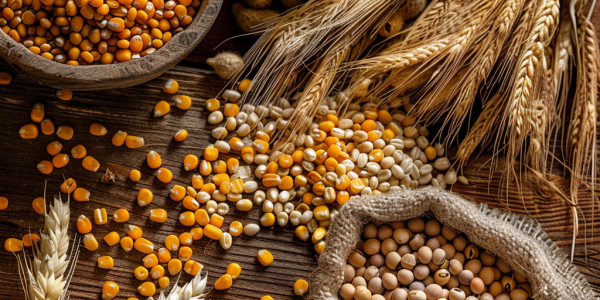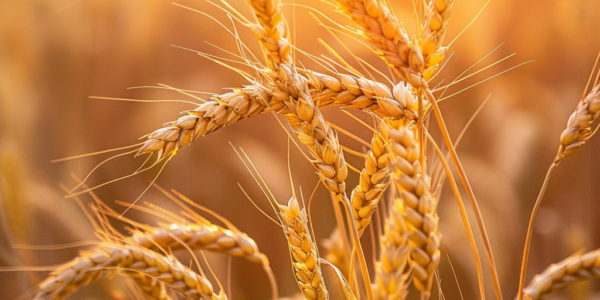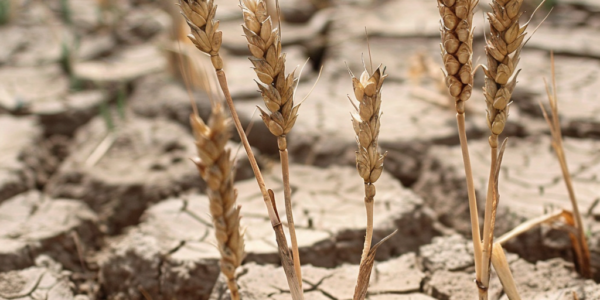Wheat Futures Decline as US Harvest Progresses and Russian Production Outlook Improves
Wheat futures decline as U.S. harvest progresses and Russian grain production outlook improves. The USDA reports 76% of the U.S. winter wheat crop harvested, while global wheat stockpiles are forecasted to rise. Amidst changing agricultural dynamics, extreme weather conditions are impacting production strategies.
USDA Report Leads to Decline in Grain and Soybean Futures
Following the USDA’s announcement of increased wheat stockpiles and raised corn production forecasts, grain and soybean futures saw a decline. Wheat futures dropped to $5.34 a bushel, while corn futures fell to $4.09¼ a bushel and soybean futures decreased to $10.48¼ a bushel. Speculators increased bearish positions in corn and soybeans, with money managers raising their bearish bets on soybeans.
Agricultural Market Sees Fluctuations in Commodity Prices
On Friday, May 17, 2024, the agricultural market experienced fluctuations in commodity prices, with corn and wheat prices declining while soybeans showed strength. Karl Setzer from Consus Ag Consulting highlighted the mixed futures trading, attributing the downward pressure on wheat prices to larger crop estimates and smaller Russian wheat losses. Corn prices were impacted by sluggish exports and increased planting, while soybeans were supported by spread trading and inventory damage in Brazil. Livestock and crude oil prices also saw movements, reflecting the dynamic nature of the agricultural market amidst weather challenges faced by farmers.
Soybean Futures Drop as Brazilian Harvest Progresses
Soybean futures took a hit in overnight trading as the Brazilian harvest progresses, with the country’s production forecast remaining steady at 155 million metric tons. Despite expectations of a reduction due to adverse weather, exports are anticipated to rise to 103 million metric tons. In the U.S., rain forecasts may impact corn and soybean planting but could benefit soil moisture levels. Ethanol production saw a significant drop, averaging 954,000 barrels per day, the lowest level since January. Red meat and poultry stocks in cold storage saw a decline compared to the previous year, with red flag warnings issued in the southern Plains affecting agricultural activities.
Wheat Futures Rise on Concerns Over Dry Weather and Export Issues
Wheat futures rose in response to dry weather in the U.S. and export issues in Ukraine, impacting crop production. Cattle on feed increased by 1% in April, with notable changes in steers and calves. Red flag warnings for dry weather in the Dakotas raise concerns for the agricultural sector.
Wheat Futures Drop on Favorable Conditions for U.S. Winter Crop
Wheat futures dropped due to favorable conditions for the U.S. winter crop, with significant rain in Oklahoma and Texas. Spring wheat and corn planting is underway, while soybean futures were lower as Brazil’s harvest continues. Offshore soybean and grain inspections were also down according to a USDA report.
Wheat Futures Surge on Technical Buying and Concerns About Global Crops
Wheat futures surge on technical buying and global crop concerns. Dry weather and drought conditions in major wheat-producing areas raise worries about crop yields. Corn and soybean futures also see movement amid changes in overseas sales.
Wheat Futures Rise Due to Concerns About French Crop Condition
Wheat futures rose in overnight trading due to concerns about French crop conditions and short covering. Cattle on feed in the U.S. also rose by 1% year over year, with record high placements. May delivery wheat futures reached $5.59 a bushel on the Chicago Board of Trade, while corn and soybean futures fell.
Agricultural Market Sees Notable Movements in Corn, Wheat, and Soybeans
On Friday, January 19, 2024, the agricultural market saw some notable movements, with corn and wheat closing in the green while soybeans slipped into the red. March corn ended the day up 1½¢, CBOT wheat up 7¾¢, and KC wheat…









